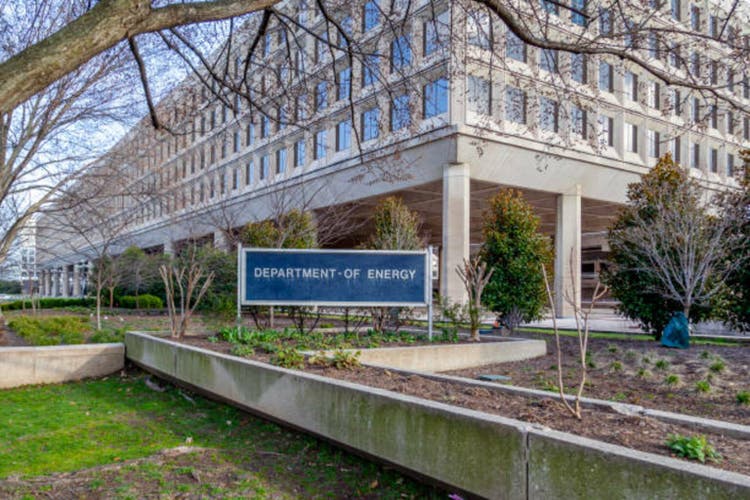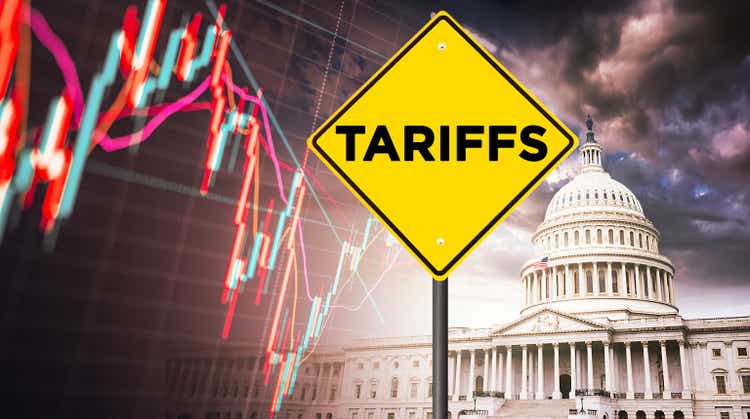The Finance Ministry today (Friday, May 30, 2025) said that the central government NPS subscribers who retired on or before March 31, 2025, with a minimum 10 years of qualifying service, or their legally wedded spouse, can claim the following additional benefits under Unified Pension Scheme (UPS), over and above the NPS benefits already claimed.
Lump sum payment (one time) one-10th of the last-drawn basic pay and dearness allowance thereon, for each completed six months of qualifying service.
Monthly top-up amount is calculated based on admissible UPS payout+Dearness Relief (DR) minus representative annuity amount under NPS.
Arrears with simple interest as per applicable PPF rates.
The ministry said that UPS benefits can be claimed through the following modes
Physical mode- By visiting the DDO & submitting the Form (B2- for subscriber & B4/B6 – for the legally wedded spouse).
The form can be downloaded from the following- www.npscra.nsdl.co.in/ups.php
Online mode- Visit www.npscra.nsdl.co.in/ups.php to fill the online form.
The last date to claim the benefits is June 30, 2025.
What is NPS?
NPS is a scheme launched for central government employees on January 1, 2004.
All central government employees who joined their service from that date follow the NPS system.
Employees who joined before that date get or will get their pension under the Old Pension Scheme (OPS).
NPS is widely followed by many states in India.
Central government employees need to contribute at least 10 per cent of their basic salary and dearness allowance (DA) to their NPS Tier I account.
The central government contributes 14 per cent.
The amount is invested in equity mutual funds and debt assets.
At 60 years of age, which is also the retirement age for central government employees, the employee can withdraw their corpus and purchase an annuity plan.
At 60 years of age, central government employees can withdraw up to 60 per cent corpus from their NPS account.
From the remaining corpus, they have to purchase an annuity plan.
The annuity plan is a fixed interest rate scheme, returns from which provide a monthly pension to the NPS account holder.
Here, the catch is if the account holder wants, they can purchase the annuity from 100 per cent of their corpus.
Their corpus withdrawal will be tax-free. However, income from the annuity will be taxed as per tax slabs.
What is UPS?
UPS has one fundamental difference, which is the assured pension.
In UPS, if an employee has completed 10 years of service, they are eligible for a minimum Rs 10,000 monthly pension.
The pension will increase in proportion to their service years.
The maximum pension is 50 per cent amount of the 12-month average basic pay and DA of the employee immediately prior to the retirement.
NPS doesn't have the concept of an assured pension.
The amount depends on an employee and the government's contribution to the employee's NPS account.
The other difference is that while in NPS, the government's contribution is 14 per cent of the employee's basic pay and DA, in UPS, the contribution is 18.5 per cent. Of this amount, 18.5 per cent is invested in market-linked investment schemes, while 10 per cent is invested in a pool meant for assured income.
An assured pension is the minimum pension an employee will get on their retirement. But if the performance of their investment is good, they may get a higher pension.
If the performance is poor, they will get at least the assured pension.

 1 day ago
1
1 day ago
1






















 English (US) ·
English (US) ·